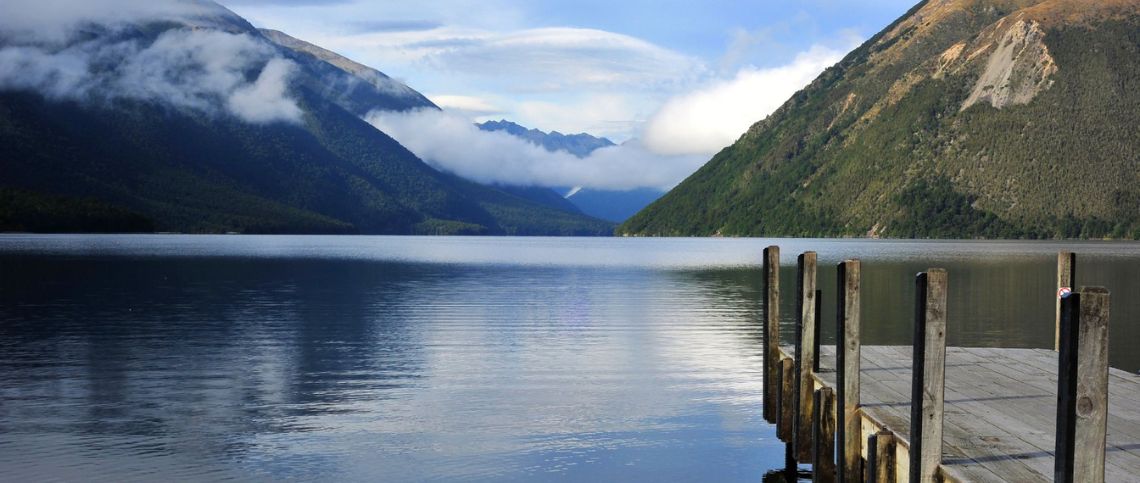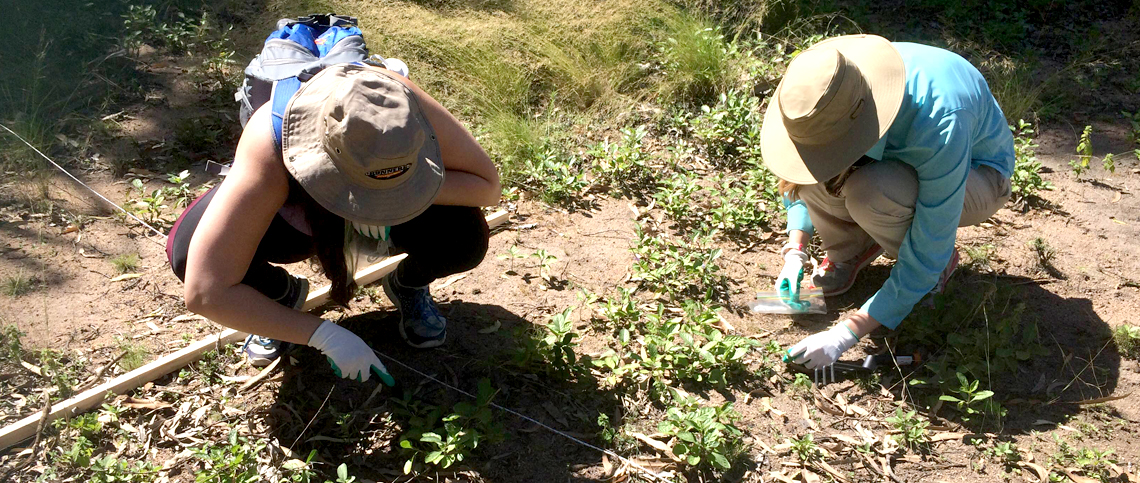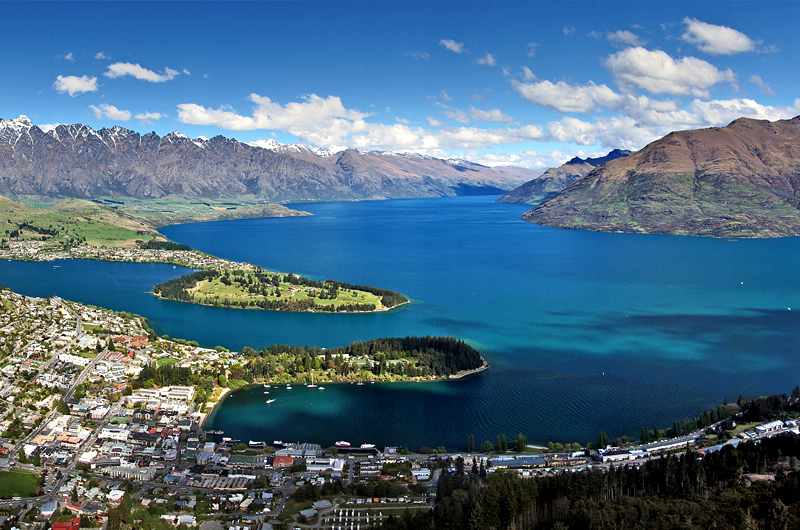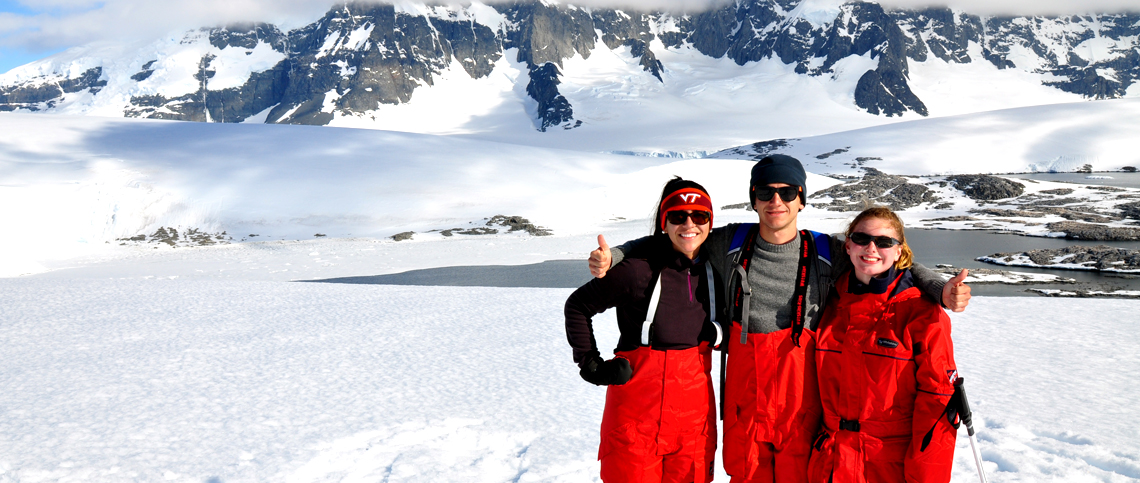
Flagship Programs in Sustainability
AUIP offers universities a range of flagship faculty-led sustainability programs that we have been running and continually updating since 2005. We are able to offer you a full curriculum, course reading pack, and ready-to-go itinerary which we can develop for you according to your needs.
As an ecologist, I appreciate AUIP’s focus on the natural environment and sustainability as part of our summer course in northern Australia. They line up knowledgeable guest lectures and guides and the logistics are superb.
Dr. Bill Borrie, University of Montana

Dolphin encounter – Kaikōura, New Zealand
Sustaining Humans and the Environment
Locations: South Islands of New Zealand
Duration: 3 weeks
Academic goals: These flagship programs examine the natural (and related social) history and resource conservation of New Zealand’s South Island. They use New Zealand as a case study to integrate the different perspectives of diverse natural, biological, and social science disciplines to improve understanding of relationships between human societies and the natural environment. Students visit all of the South Island’s major destinations; their learning takes place through educational travel, field trips, active participation, presentations, seminars, and coursework.
Course highlights:
- Queenstown: full-day Routeburn Track guided walk
- En route to Fox Glacier: visit to working sheep, cattle, and deer farm
- Fox Glacier: meet with sustainable tourism businesses and lecture on the impact of climate change on glaciers
- Motueka: Abel Tasman kayaking and hike
- Nelson: sustainable fisheries in New Zealand
- Kaikōura: dolphin encounter, plus Māori cultural experience and lectures on the Ngai Tahu tribe’s sustainable business ventures

Sustainable Business
Locations: South Island of New Zealand and Sydney
Duration: 2 – 3 weeks
Academic goals: These flagship programs use the theme of sustainable development to explore the relationship between people, businesses, and their natural environment. Students study the sustainable use of local resources, consider the different cultures that make up modern New Zealand and Australia, and visit some of the natural environments for which New Zealand is most famous. In both countries, the groups meet with local business owners, studies the countries’ economies, and consider the factors impacting the implementation of sustainable business practices.
Course highlights:
- Christchurch: meet with entrepreneurs who have developed novel business ideas and have thrived in the aftermath of the Canterbury earthquakes
- Wellington: visit a business incubator powered by Te Papa Tongarewa, the Museum of New Zealand
- Sydney: learn about the urban sustainability initiatives developing in Sydney, from the City of Sydney’s program to reduce businesses’ carbon footprint, to the repurposed container port that is now a green shopping and residential precinct, complete with protected bushland

Conservation-based Service Learning
Locations: North Island of New Zealand and North Queensland, Australia
Duration: 4 weeks
Academic goals: This course teaches students about sustainability, ecological restoration and resource conservation through practical service learning projects, classroom lectures, and field trips. Through experiential learning, the students learn about the impacts of human action on natural systems, and human response to those changes; gain an understanding of New Zealand and Australia’s natural history, biogeography, ecological diversity, and social and cultural contexts; visit national parks and World Heritage areas; gain hands-on experience with conservation; and learn about indigenous world views and conservation practices.
Course highlights:
- Tauranga, New Zealand: partner with local schoolchildren in restoration planting of sand dunes
- Omanawa, New Zealand: visit to Māori lodge: formal welcome, introduction to Māori concepts of conservation and Māori use of forest for food and medicine
- Rotorua, New Zealand: visit to New Zealand’s geothermal capital
- Cape Tribulation, North Queensland: rainforest night walk
- Magnetic Island, North Queensland: koala population survey
- Port Douglas, North Queensland: snorkeling on the Great Barrier Reef
Antarctica: Human Impacts on a Fragile Environment
Locations: Antarctic Peninsula and Ushuaia, Argentina
Duration: fall semester online lecture series + 2-week field course
Academic Goals: Antarctica is a wondrous place, the “coldest, windiest, driest, highest, quietest, most remote, and least understood continent on earth.” It has been an object of human speculation for millennia and a prize for explorers, sealers and whalers, scientists, and geostrategists for more than two hundred years, and naturally draws students from across the US to participate in the most unique of our flagship programs. “Antarctica: Human Impacts on a Fragile Environment” examines this unique corner of the world and provides a broad overview of its human and natural history. Special attention is given to Antarctica’s physical and ecological systems as well as human activity in the region, sustainable tourism, and use of south polar resources.
Course Highlights:
- Ushuaia, gateway city to Antarctica: get to know this gateway city and how tourism has shaped it, travel by catamaran to see local fauna, and visit Estancia Harberton, the Anglican mission set up by Thomas Bridges in 1860
- Crossing the Drake Passage: sail for two days onboard a research-style vessel to the Antarctic Peninsula
- Antarctica: from the ship base, journey by Zodiac landing craft on day excursions to the ice. Expect to see penguins, seals, whales, icebergs, and a vast, quiet white wilderness
- Antarctica: camp on the ice under the midnight sun
Faculty + Staff
Request a proposal
Work with our Program Development Team to implement AUIP flagship programs at your college or university. Complete our proposal request form to start the conversation today!
AUIP DESTINATIONS:
NEW ZEALAND

An isolated island nation in its evolutionary infancy, New Zealand is the most recently inhabited country in the world
AUSTRALIA

Australia is one of the most diverse countries on Earth, both in terms of its landscapes and its multicultural population




